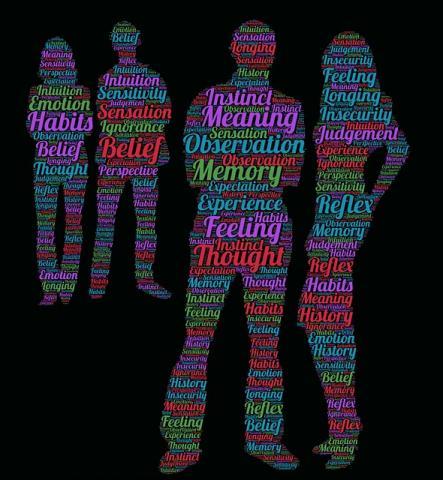
It’s a messy time to speak your mind. Sometimes the political carnival, human rights debate, and my very opinionated next-door neighbor make me want to hide under the covers (or move Canada). Which is a viable option, and one that most people will choose, figuratively speaking. If you can’t say something nice, don’t say anything at all, right? Walk away. It’s safe. It’s normal. And it’s totally okay.
But something new might start to happen if we took a different approach to opinions and worldviews we disagree with. It’s difficult and scary to square up to an opposing thought hopeful to convince them you’re right. What we need to stop doing is just that- “squaring up.” It’s not a fight. When we can release our death-grip on the righteousness of our own opinions (even temporarily), it allows us to take a look through someone else’s perspective and peer right into their opinion. This detachment of personal identity to our opinions, willingness to suspend judgement and openness to listening is a method of speaking and listening according to William Isaac’s theory of dialogic conversation. It fosters understanding, community, and peace. And it is much needed in our world today.
Dialogic conversation involves communication, which ironically is something easily left out of conversations. People spend a lot of time posting Facebook statuses, and Instagram photos of the highlights of their day (and Snapchat stories of the mundane moments), but when do we really reach across the phone lines to connect with each other? So many opinionated status updates have streams of red-hot comments beneath them, full of people willing to recite what they believe. But when do we listen? When do we step back and consider how we formed this truth, and how somebody else formed theirs? The essence of dialogue is when both parties realize that everyone holds their ‘truth’ as closely and earnestly as we hold ours, because they formed it through their experience- an experience that might have differed greatly from ours. This understanding, known as proprioception of thought, allows us to ask ourselves “why do I think what I think?” Whoa.
Another necessary element of this type of conversation is letting go of your assumptions. When people with two different opinions release their prejudice about people who do not agree with them or temporarily allow themselves to believe the world just might not be exactly the way they see it, both minds are opened for learning and understanding.
It’s nearly impossible to engage in dialogue with someone who is unaware of what you’re going for, however; we’re trained from a young age to discuss opinions through argument. In an effort to foster understanding and peace in this world, a mindset of dialogue is something worth practicing. The Facebook posts, the presidential rants, opinionated co-workers, in-laws (and so on) will become less abrasive. They’ll feel less like personal attacks. It’ll allow us to change our mind on topics without feeling like we were wrong or stupid, but that we have changed. Opinions and perspectives lose their ties to self-esteem. I think what I think because of who I am, and you are entitled to the same.
This type of conversation takes a few willing participants who understand the requirements, as well as a good helping of effort and patience. Understanding and appreciating people with different worldviews takes practice, but the peace and harmony is worth it. And it’s much easier than moving to Canada, I’m sure of it.
